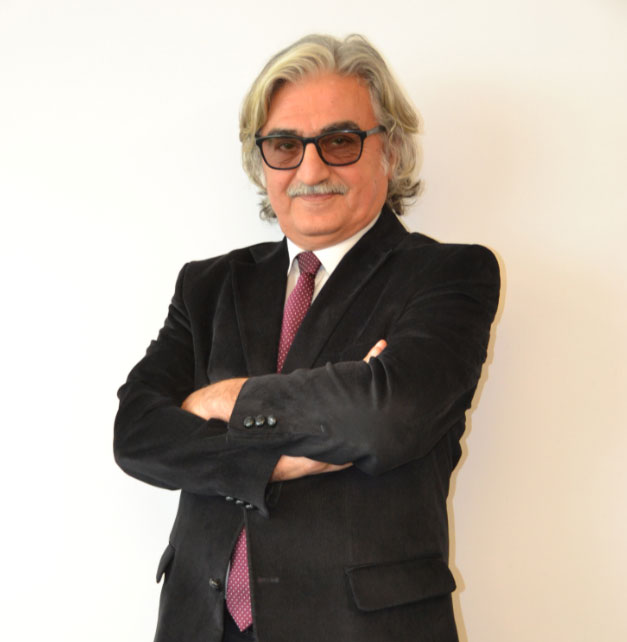Offshore Energy Outlook
Energy produced offshore is a major component of global oil and natural gas supply and could provide an increasingly important source of renewable electricity. Resources are enormous, but offshore projects have to prove their worth in a changing market and policy context, amid a variety of pressures on the world’s oceans.
More than a quarter of today’s oil and gas supply is produced offshore, mostly in the Middle East, the North Sea, Brazil, the Gulf of Mexico and the Caspian Sea. While offshore oil production has been relatively stable since 2000, natural gas output from offshore fields has risen by more than 50% over the same period. Offshore electricity generation, mainly from wind, has increased rapidly in recent years, notably in the relatively shallow coastal waters of Europe’s North Sea.
But it is not all plain sailing. The 2010 Deepwater Horizon accident and spill in the Gulf of Mexico was a major setback for the offshore hydrocarbons industry; prospects for offshore oil and gas have also been shaken by the shale revolution and by lower prices and must cope with longer-term uncertainties over demand.
Offshore wind is a rising force but remains for the moment a relatively marginal one at 0.2% of global electricity generation; wind and other marine technologies face stiff competition from a range of onshore options, including other low-carbon sources of generation. This new report in the World Energy Outlook series provides a detailed assessment of the outlook for offshore energy against a dynamic backdrop of energy market, policy, technology and environmental considerations.
Please click here to read the full report.






